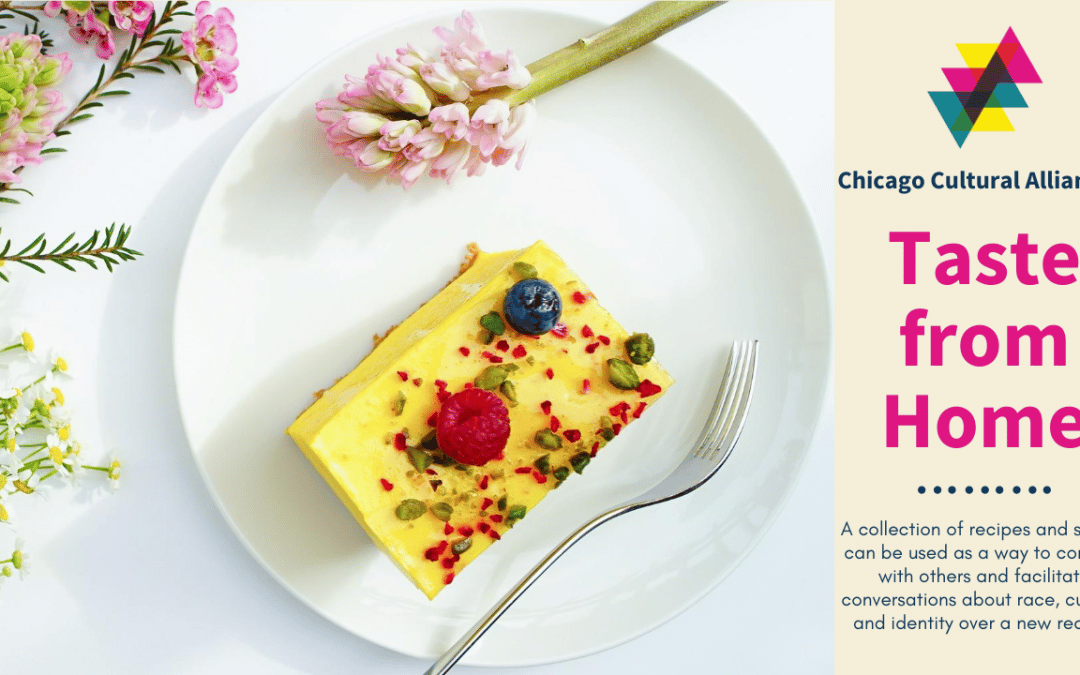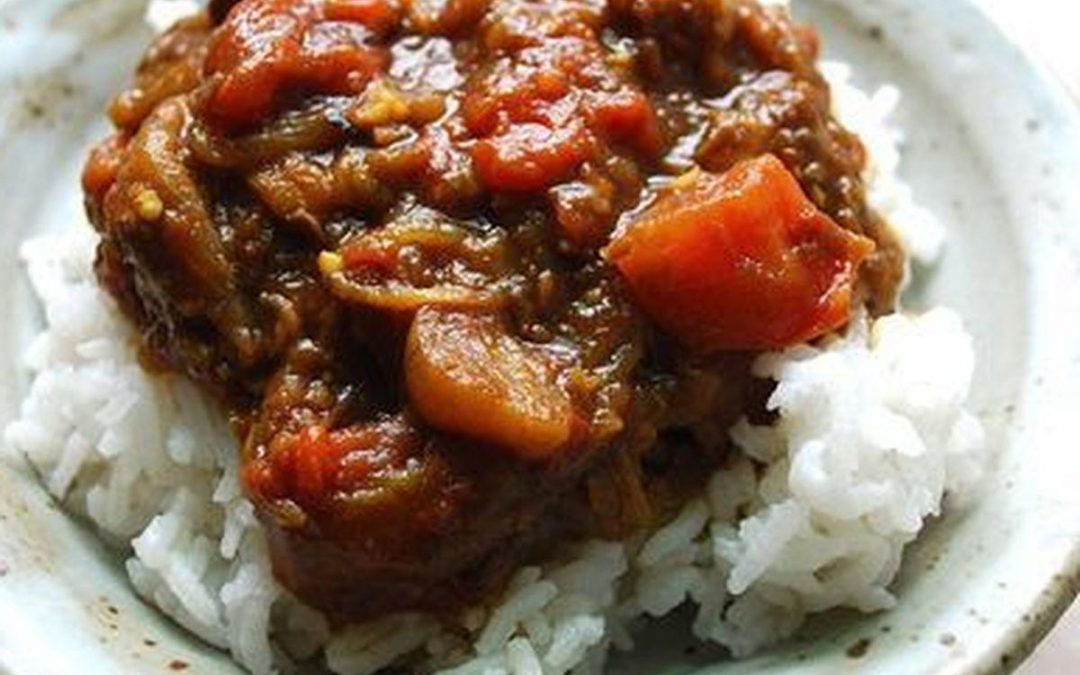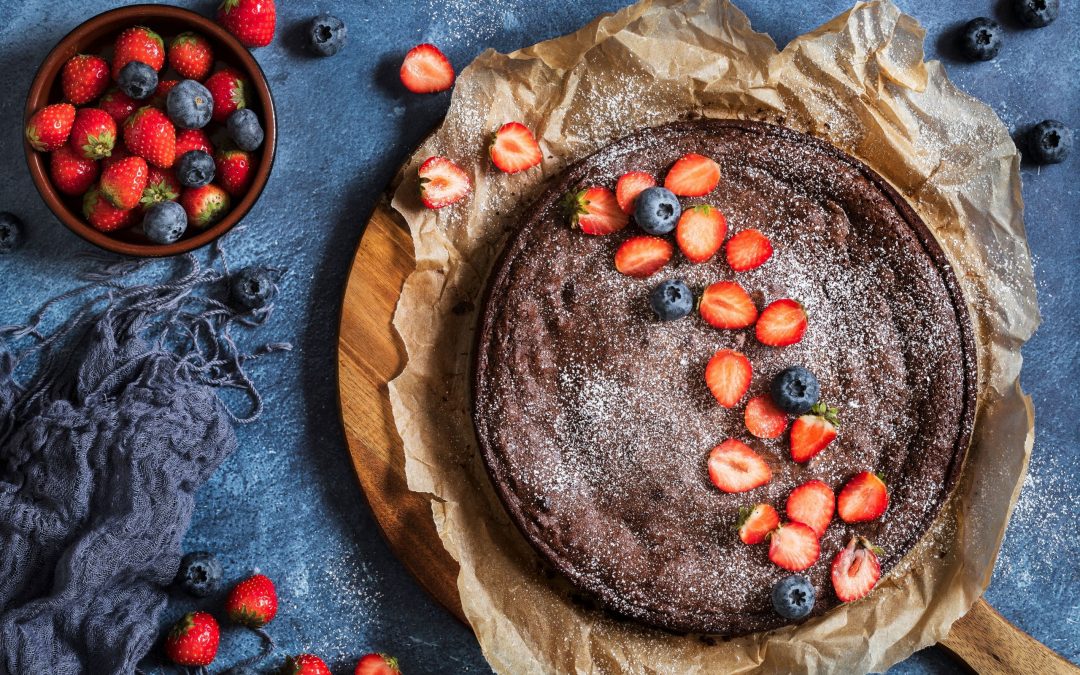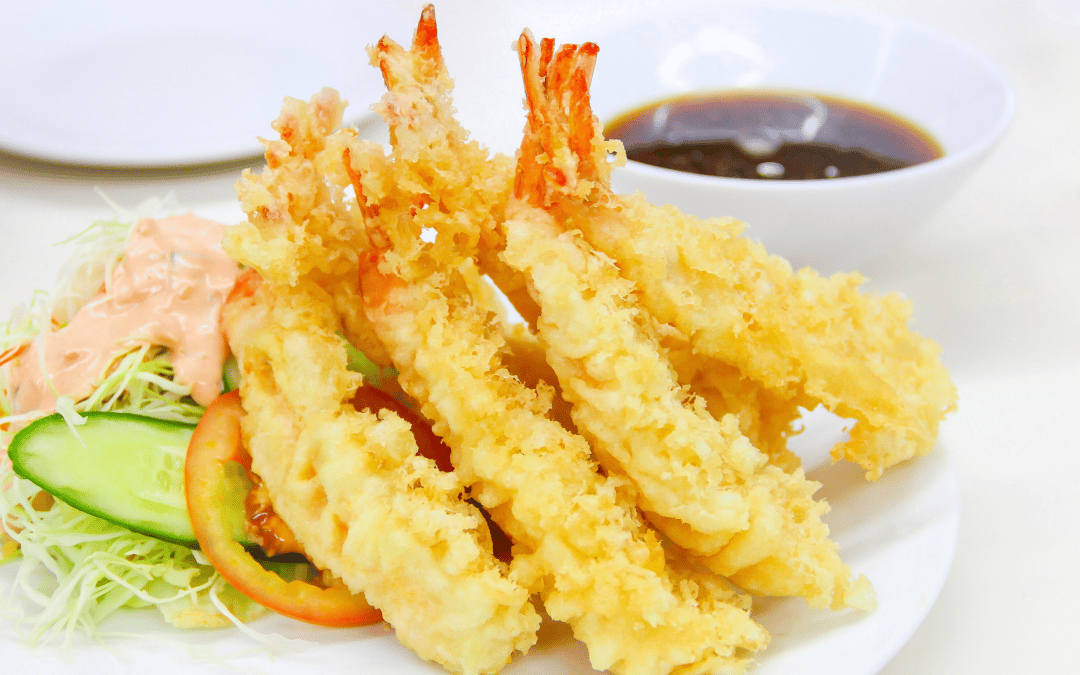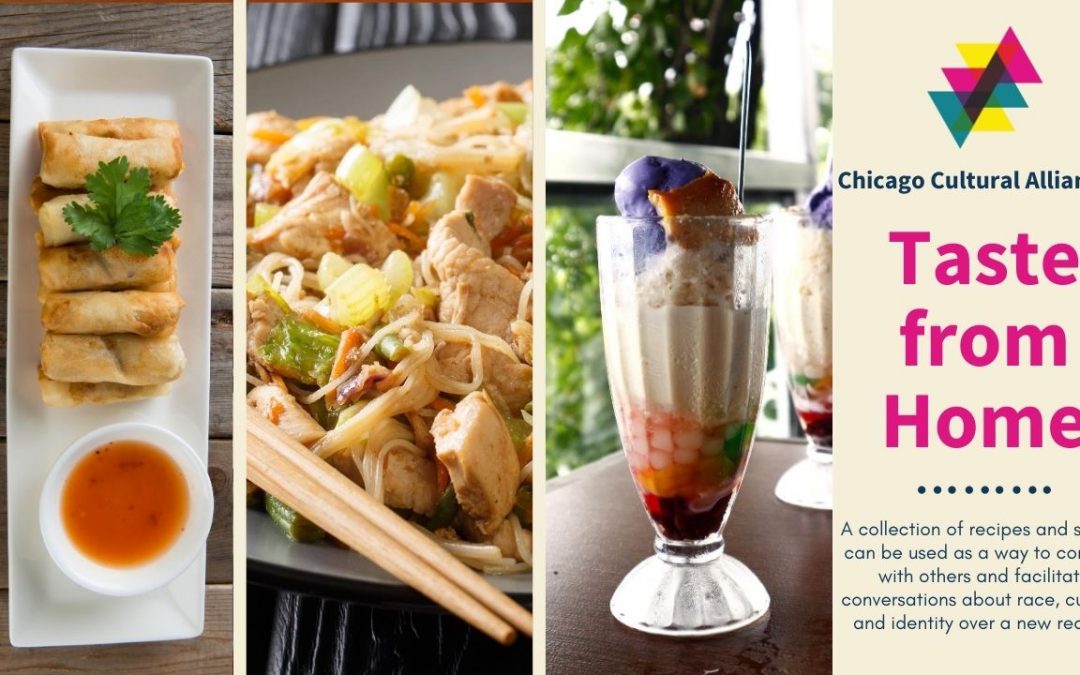
Ruben’s Filipino Pancit
Ruben Salazar, Executive Director Filipino American Historical Society of Chicago
Taste from Home is a collection of recipes and stories can be used as a way to connect with others and facilitate conversations about race, culture, and identity over a new recipe. Make a cultural dish and sit down with family and friends and have a discussion of the culture it represents. Please consider making a tax-deductible donation today, if you are able. If you are unable to donate, you can still participate by sharing a recipe by using hashtags #tastefromhome, #tastefromhomerecipe, & #chicagocultural on Facebook, Twitter, or Instagram.
The Filipino American Historical Society of Chicago(FAHSC) is a cultural institution whose mission is to collect, record and preserve artifacts and documents of history of the Filipino Americans of metropolitan Chicago; and to educate about Filipino American history and Philippine heritage.
These dishes are from the Philippines. I selected 3 of the most popular dishes that complete a typical combination for lunch or dinner – lumpia appetizer, pansit as the main entrée and halo-halo for dessert.
During the pandemic, I learned to prepare and cook these favorite dishes following the instructions that were shared with us by the chefs from restaurants that are partners of FAHSC and sponsors of Piyesta Pinoy. In support of social distancing measures, the annual outdoor festival had to be canceled. In its place, we hosted an online event that featured the cooking demos which are explained below.
I am happy to share the cooking demos of the Filipino food with you below. I am not a cook but I tried my best to follow the instructions and learned new skills. The food turned out to be delicious. If I was able to do it, I’m sure that you can do it too. Enjoy
Let’s start with the appetizer: Lumpia!
“Lumpia” is the Filipino version of the egg rolls. This recipe is courtesy of Chef Kathy Vega Hardy, owner of the A Taste of the Philippines, started as a food truck from Denver Colorado, moved to Chicago serving food at various farmer’s market and soon to open its own food stall at the French Market in downtown Chicago.
“Lumpia” can be served as a side dish or as an appetizer. It can be vegetarian made with locally grown vegetables or prepared with vegetables and meat, usually ground pork or chicken.
Next is the main dish: Pansit!
Traditionally, Pancit is a Filipino dish that is a must-have for Birthday Celebrations as it represents long life. This recipe is courtesy of Chef Garnett from the Mora Asian Kitchen. Pansit is a traditional Filipino dish that is always requested always present in every Filipino occasions such as fiestas, picnics, pot-luck parties, and every holiday celebrations. It is a must-have dish for Birthday Celebrations as it represents long life. It is also always served in after mass receptions during the 9-day Simbang Gabi religious tradition.
And finally….dessert: Halo Halo!
Halo-halo (Tagalog for “mix-mix”) is a popular Filipino cold dessert which is a concoction of crushed ice, evaporated milk and various ingredients including, among others, ube, sweetened beans, coconut strips, sago, gulaman (seaweed gelatin), pinipig rice, boiled root crops in cubes, fruit slices, flan, and topped with a scoop of ice cream. This recipe is courtesy of Chef Matthew Alfaro and Sous Alexa Alfaro, co-founders of @Meat on the Street, A Filipino food stall and food truck in downtown Milwaukee, WI. Food truck services Madison to IL. Filipino food being served parallels what you have at a Filipino party or in a lola’s (grandma’s) kitchen.
“Halo-halo” can be served as a dessert item after the main entree for lunch or dinner or as a refreshing cold drink anytime of the day very popular during the hot summer days. It can be made with locally grown fruits or prepared with canned or bottled fruits prepared and preserved with sweeteners.

